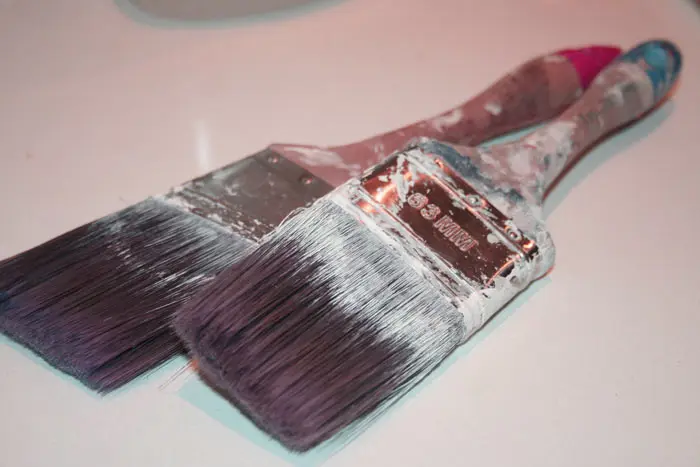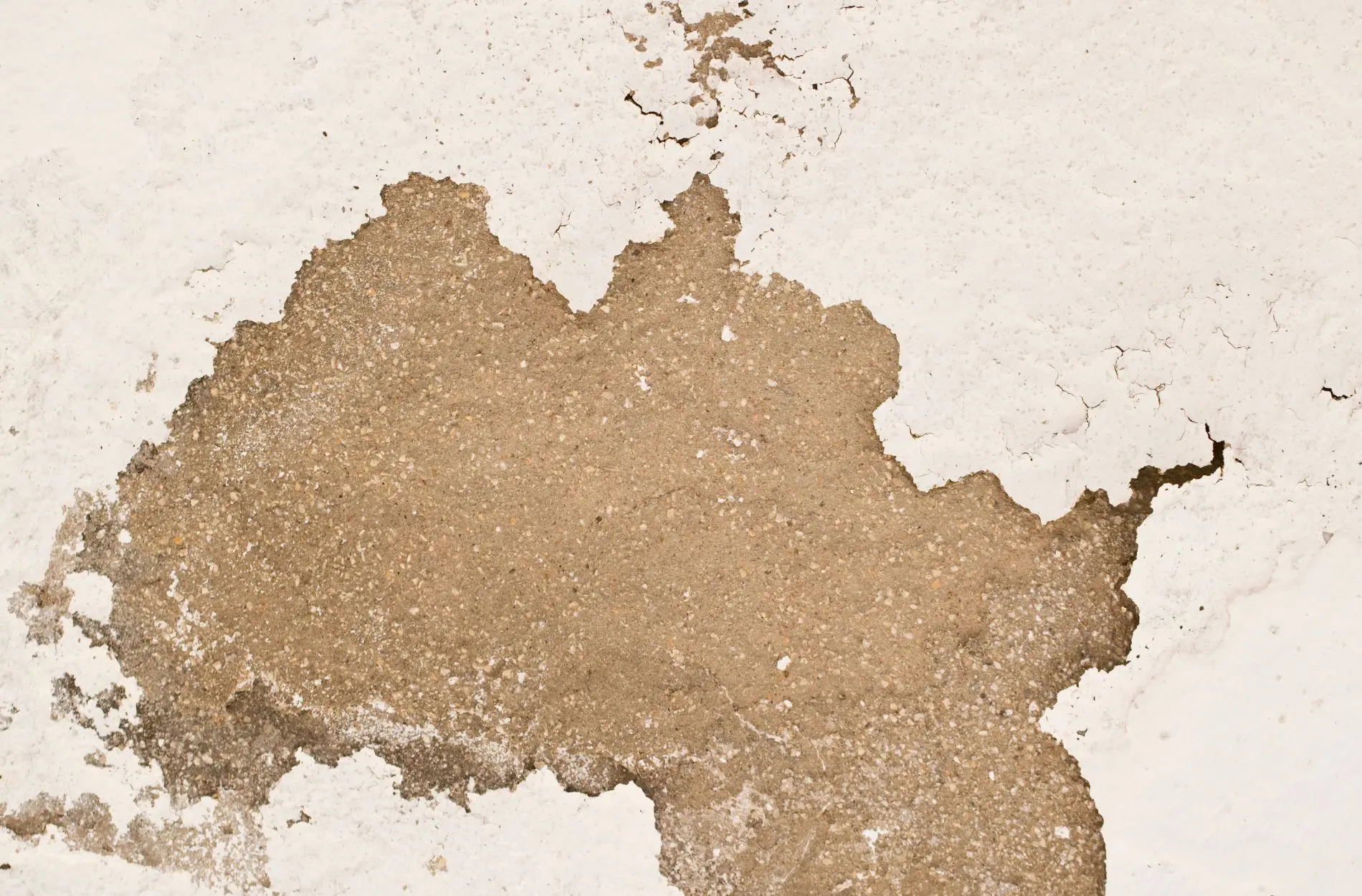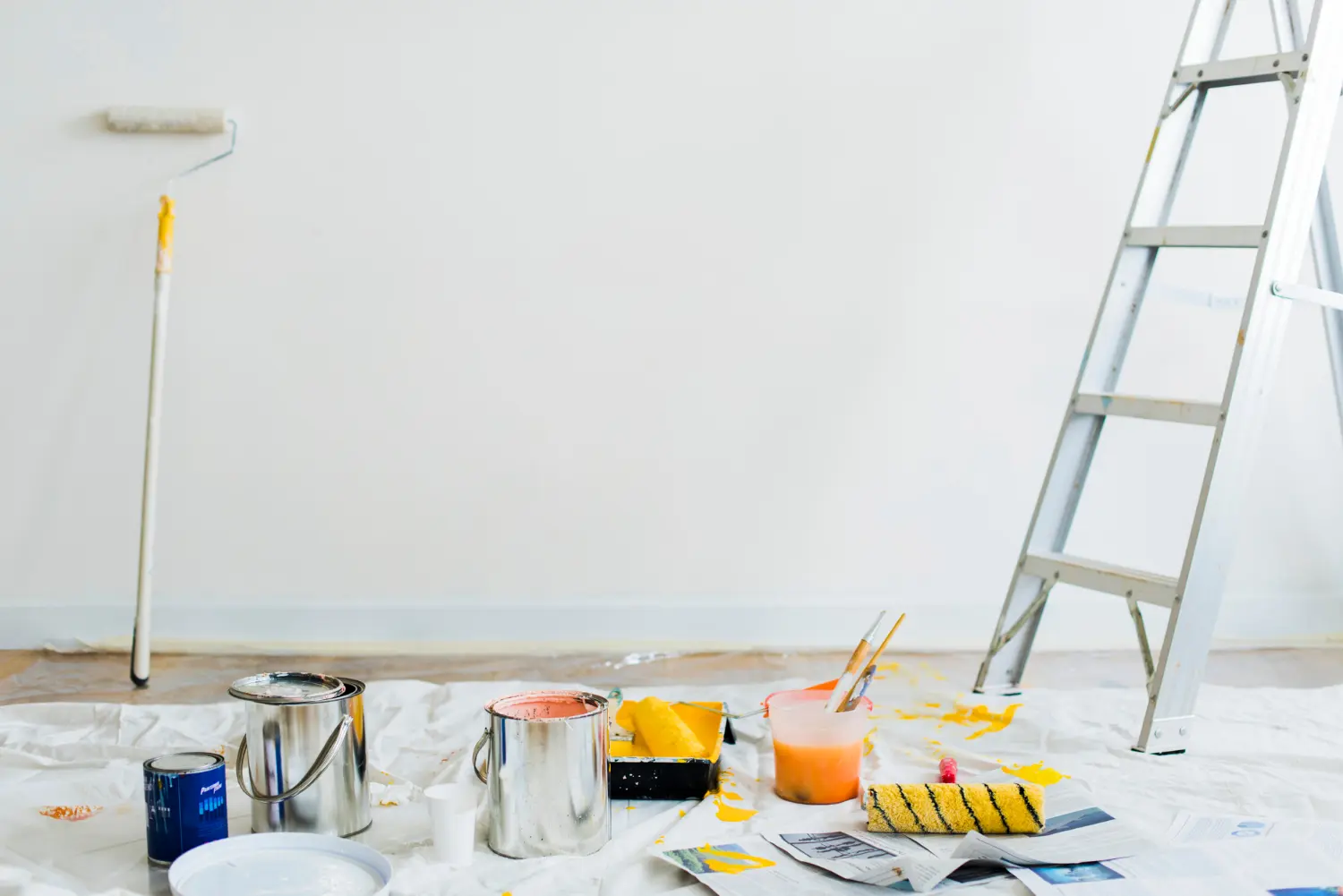The Right Way to Use Paint Stripper

Getting rid of old coats of paint without a heat gun is perfectly possible. There’s also no need to sand away the surface in an aggressive and frenzied manner, simply to reveal the natural wood beneath.
While both of these approaches can work, they’re not exactly good for the material. Excessive heat can really do a number on a wooden surface, just as sanding it half to death can be hazardous to its health.
The alternative option for indoor and outdoor projects alike is to use a chemical paint stripper. A substance which has a reputation for being notoriously harsh, but has actually come a long way over the years.

It’s still a volatile and hazardous product that needs to be used with care, and only ever handled with the appropriate PPE. But today’s high-quality paint strippers are a million miles from those of years gone by, in terms of their effectiveness and ease-of-use.
Tools and Equipment
If looking to strip a painted surface using a chemical stripper, these are the basic provisions you’re going to need:
- Metal putty knife
- Rags
- Gloves
- Protective eyewear
- Ventilator
- Apron
- Paint stripper of choice
- Mineral spirits or water
- Steel wool
- Sandpaper
As for the steps involved, it’s absolutely essential to follow the manufacturer’s guidelines to the letter. Hence, the following should be seen as a simplified overview of the basics, as the method may differ somewhat from one product to the next:
Apply the Stripper
The stripper should be applied in accordance with the manufacturer’s guidelines, which usually involves applying a thick coat using a standard paintbrush. The aim is to coat the entire surface by a fairly thick layer of the stripper, which is where the more viscous products are more user-friendly than their runny counterparts.
Of course, you’ll have already taken the time to protect everything else in the vicinity…including yourself!
Allow to Get to Work
The amount of time it takes for paint stripper to work will also differ from one product and surface to the next. Though you’ll see when the time has come to start scraping, as the top layer of paint will start to bubble and peel away from the surface.
Important note – don’t leave the stripper in place any longer than the manufacturer states. Doing so could result in it hardening, making the paint even harder to remove and potentially damaging the wood.
Scrape Away With a Putty Knife
You can then take your metal putty knife and carefully begin pulling away the paint layers. Don’t attempt to get every scrap of paint removed with the first pass, or scrape away at the surface to hard.
In addition, don’t make the mistake of using anything but an appropriate metal tool. Many chemical paint strippers are perfectly capable of melting plastic tools, which is not what you want.
Repeat the Process
Once you have scraped away as much as possible with the first pass, you can start again with another layer of paint stripper. Depending on the thickness, age and condition of the paint, you may need to repeat the process three or four times to fully remove it.
Take your time and be as gentle as possible with the scraping process, in order to protect the surface of the material beneath.
Give the Surface a Good Clean
When you are content with how much paint has been removed, you can apply some mineral spirits to a clean cloth and give the surface a good clean. This will ensure the residual paint stripper is removed from the surface – essential before repainting.
It may specify in the manufacturer’s guidelines that your paint stripper can be removed simply with water, rather than mineral spirits.
Give it a Final Scrub
If there are still any tiny specs of paint or imperfections on the surface, give them a final scrub with a piece of steel wool or some fine sandpaper.
This may be necessary when dealing with an uneven surface, where residual paint sticks around in cracks and crevices.
Sand, Prep and Paint
Last up, all that’s left to do is sand the wood likely to create a slightly rough surface, prime with an appropriate product and paint.
Or if preferred, bring out the natural beauty of the wood with your preferred varnish or stain.
For more information on how to remove paint from wooden surfaces or to discuss our affordable home painting services in more detail, get in touch with the team at Homm CPS today.










